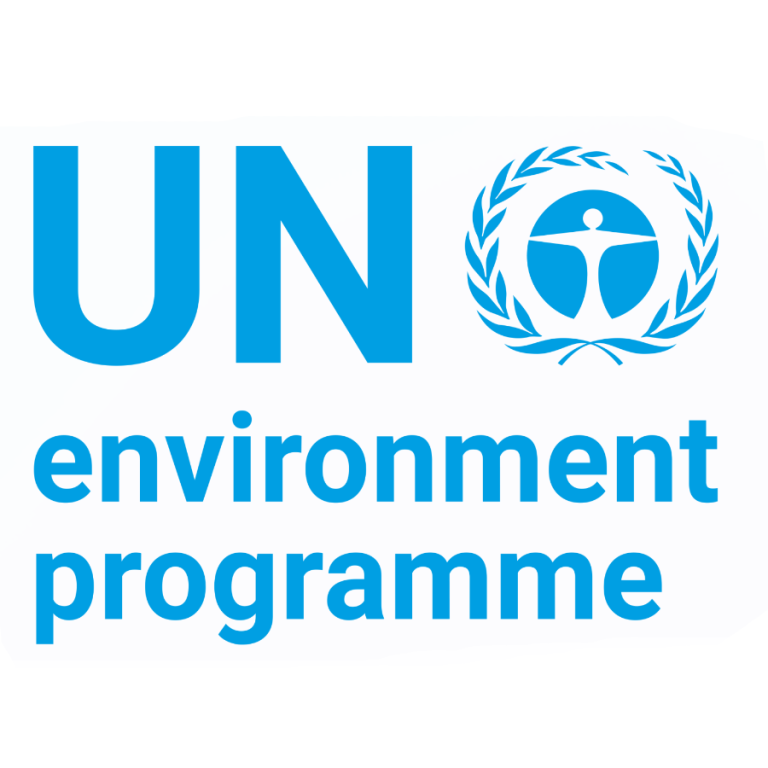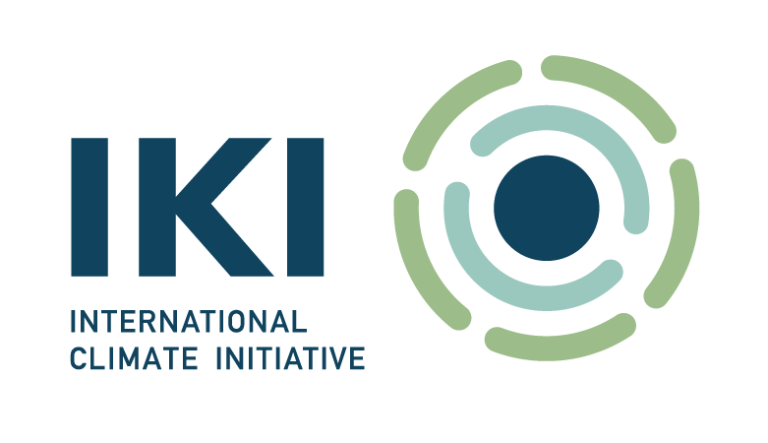Eligibility Checklist
Only project concepts that meet the following criteria will be considered for review:
- Does my project qualify as “Ecosystem-based Adaptation“ (Please ensure your project ultimately aligns with EbA Qualification Criteria & Quality Standards).
- Does my project have catalytic and innovative potential to create enabling environments for EbA?
- Does my project clearly identify the climate impacts it is aiming to address and clearly describe how they will be addressed?
- Does my project fall under a maximum of 1 Strategic Objective and a maximum of 2 Action Pillars of the Global EbA Fund?
- Is my project Global, Thematic, or otherwise target only ODA-eligible countries?
- Is my project between USD $50,000 and USD $250,000? If it is up to USD $500,000, can I provide adequate justification?
- Is my project 24 months or less? If my project is between 24 and 36 months, can I provide adequate justification?
- Does my project add value to or upscale existing work?
- Does my project clearly demonstrate how results will be maintained and developed after the funding period?
- Does my project partner with local institutions or organisations?
- Are the lead applicant and partner organisations well-grounded in the proposed area(s) of work, have previous similar experience, and are inclusive of local communities, Indigenous Knowledge, and gender perspectives?
- Are the lead applicant and partner organisations legally recognised entities?
- Does the lead applicant comply with the Due Diligence requirements of the Global EbA Fund?
Before developing your proposal, we strongly advise applicants to go through the Grant Procedures Manual.
Evaluation Criteria
Proposals will be evaluated according to the following criteria and weighting:
| Project Approach | |
| Ecosystem-based Adaptation (EbA) The degree to which the project takes an EbA approach & explicitly details how this will reduce the vulnerability or enhance the resilience of human communities to climate change impacts. This includes clearly identifying & defining the main climate impacts to be reduced with an enabling framework that will target these risks. | 30% |
| Design and Methodology The project’s Theory of Change clearly shows a results chain that is logical and coherent to create an enabling framework for the reduction of identified climate risks. The activities and timeline are appropriate and feasible for the proposed intervention. The project follows a coherent logical framework with SMART indicators that are relevant to the specific outputs of the project and linked to appropriate data sources and reporting intervals. The estimated budget for the project has a coherent relation with the project activities and timeline. | |
| Gender & Social Inclusion The degree to which the project meaningfully involves diverse stakeholders (including women, youth, Indigenous Peoples & other marginalised groups), taking a participatory & inclusive approach to stakeholder involvement. This includes incorporating gender-disaggregated data where available & drawing on the best available science & use of local, indigenous and/or traditional knowledge, as relevant. If the project will impact Indigenous Peoples, FPIC will be upheld. The project’s target groups and beneficiaries are detailed and clearly identified in the context of the identified risks. | |
| Innovative & Catalytic Contribution | |
| The degree to which the project has innovative potential, in that the methods are yet to be tested in a different context or are yet to be proven. This includes the degree to which the project has catalytic potential by focusing on targeted interventions that lead to a transformative shift at a systemic level (e.g., influencing policy, addressing capacity gaps, developing financing mechanisms, or addressing governance challenges). | 30% |
| Sustainability | |
| The degree to which the project has a clear approach for ensuring the sustainability of project activities beyond the project lifecycle. This includes promoting replication and/or upscaling of activities and outcomes. The project should clearly describe linkages to national and global policies (e.g., NDCs & NAPs) and demonstrate synergies with other relevant activities. | 20% |
| Institutional Arrangements | |
| The degree to which the applicant organisation has an appropriate structure with sufficient financial capacity and internal controls. This includes dedicated staff with technical capacity and prior experience implementing projects of similar scope and complexity. | 20% |




